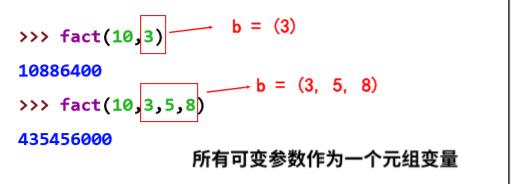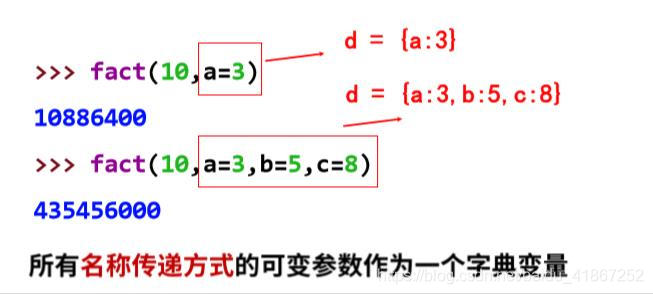异常处理
1 基本用法
应对所有情况
try:
1/0
except:
print('某原因异常')
应对特定异常情况
try:
1/0
except ZeroDivisionError:
print('除数不应为0')
try:
1/0
except ZeroDivisionError as q:
print(q)
混合使用
def foo(a):
try :
100/a
except ZeroDivisionError :
print('除数不应为零')
except :
print('未知错误')
foo(0)
foo('ry1')
除数不应为零
未知错误
2高级用法
try :
print(1/a)
except:
print('except')
else:
print('else')
finally:
print('finally')
注:
except可有多组;
try中未有异常时,执行else;
finally一定执行
try-except-else-finally遇到函数时
def f(a):
try:
print(1 / a)
return 1/a
except:
print('except')
return 'except'
else :
print('else')
return 'else'
finally:
print('finally')
return 'finally'
print(f(0))
print(f(2))
except
finally
finally
0.5
finally
finally
注:
无论return在哪,finally一定执行;
try中有return,else不执行;
finally中的return会覆盖之前所有的return
逻辑运算符
and or not
and
exp1 if not exp1 else exp2
or
exp1 if exp1 else exp2
and 和 or不一定返回True 或 False,而是得到最后一个被计算的表达式,
但not一定得到True 或 False。

循环的高级用法
for in:
***
else:
***
while :
***
else:
***
else扩展:玄幻完成的奖励( 循环没有被break退出时执行)
for c in 'python':
if c=='y':
continue
print(c,end=',')
else:
print('正常退出')
p,t,h,o,n,正常退出
for c in 'python':
if c=='y':
break
print(c,end=',')
else:
print('正常退出')
p,
函数参数
1.位置传递
2.名称传递
def f(a,b):
f(1,2)
f(b=2,a=1)
3.可选参数传递(可选参数必须放在最后)
def f(a,b=1) ✔
def f(b=1,a) ❌
4.可变参数:函数可以接收不确定总数的参数变量
接收元组 f(n, *a)
接受字典 f(n, **a)


局部变量和全局变量
1.局部变量可与全局变量重名
2.局部变量函数调用时生效,函数运算结束后失效
3.局部变量为组合数据类型(列表,字典,集合)且未创建,等同于全局变量
a = 1
def f():
global a #此时不能赋值,即global a=9 错误
a +=10
ls =['a','b']
def f():
ls.append('c')
f()
print(ls)
['a', 'b', 'c']
面向对象OOP
计算三款产品的原始售价和实际售价之和
class Product:
def __init__(self,name):
self.name = name
self.label = 0
self.real = 0
a = Product('电脑')
b = Product('打印机')
c = Product('投影仪')
a.label,a.real = 10000, 8000
b.label,b.real = 2000, 1000
c.label,c.real = 1500, 900
s1,s2 = 0, 0
for i in (a,b,c):
s1 += i.label
s2 += i.real
print(s1,s2)
类构建
类名使用大写字母组合,如ClassName BasicAuto

类描述通过 类名.__doc__来访问
class DemoClass:
"This is a demo for Python class"
pass
print(DemoClass.__doc__)
类对象:类定义完后,默认生成一个类对象;类对象是type类的实例,表达为type类型
class DemoClass:
"This is a demo for Python class"
print('hello')
print(DemoClass.__doc__)
print(type(DemoClass))
hello
This is a demo for Python class
<class 'type'>
类定义即执行,不需要调用
class DemoClass:
"This is a demo for Python class"
print('hello')
hello
实例对象不同于类对象,实例对象是python类的最常用使用方式
class DemoClass:
"This is a demo for Python class"
print('hello')
a = DemoClass()
print(type(DemoClass))
print(type(a))
hello
<class 'type'>
<class '__main__.DemoClass'>
构造函数:init() l类实例化时使用的函数
class DemoClass:
def __init__(self,name):
print(name)
a = DemoClass('老王')
b = DemoClass('老李')